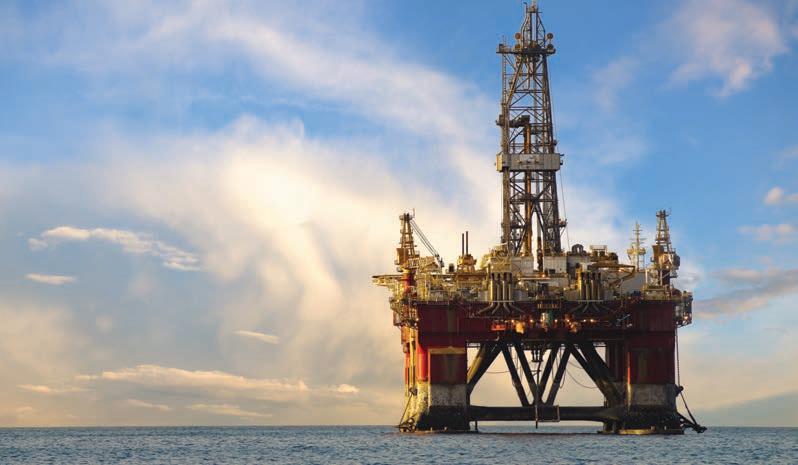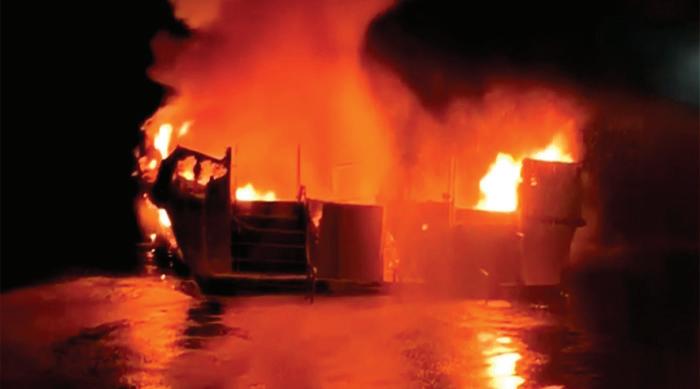ARINE OG M L www.marinelog.com
HELPING MARITIME PROFESSIONALS MAKE INFORMED DECISIONS
February 2022
ON THE DECK, IN THE WHEELHOUSE
A look inside M/V Samantha Trueheart and other recent newbuilds
GREEN FUELS LAG But Marine Engines Are Ready For Them
OFFSHORE WIND Powering Next-Gen CTVs






